Racial profiling
The Nielsen report focused on racial demographics, noting that just 27 percent of whites owned a smartphone, while 33 percent of African Americans and 45 percent of both Asian/Pacific Islanders and Hispanics opted for a mobiles with "app-based, web-enabled operating systems."
That difference was was related to demographic populations that "tend to skew younger." Among all groups, smartphone use is on the rise.
Recent buyers who acquired a new phone in the last six months were even more likely to have chosen a smartphone, with 42 percent of whites, 44 percent of African Americans, 56 percent of Hispanics and 60 percent of Asian/Pacific Islanders upgrading to a smartphone.
Platforms
Over the past year, Nielsen charted a relatively steady 27 percent market share average for Apple's iPhone, while RIM's BlackBerry fell from a high of 39 percent— and Android licensees collectively rose from a starting point in the single digits— to almost perfectly begin 2011 alongside Apple with equal 27 percent shares of the US market.
When only looking at recent adopters, Apple's market share continues to remain very flat over the past year, dipping most just before the launch of iPhone 4.
RIM's losses began to show about the same time, six months after Verizon shifted its smartphone marketing muscle from BlackBerry to Android. Meanwhile, Android adoption began to surge into the void left by BlackBerry.
Whether Android's accelerating adoption is a trend, or simply the result of Verizon's year long focus on the platform as its best hope for an iPhone contender, remains to be seen. Verizon is expected to aggressively shift its resources toward iPhone 4 beginning later this month. About half of all US Android phones are on Verizon.
Meanwhile, AT&T is preparing to direct more attention to Android to make up for lost exclusivity of the iPhone, while T-Mobile and Sprint are banking heavily on new Android models to help them sell data contracts on their new networks now being built out. Verizon is also planning to launch Android models capable of using its LTE data network in the second half of the year.
 Daniel Eran Dilger
Daniel Eran Dilger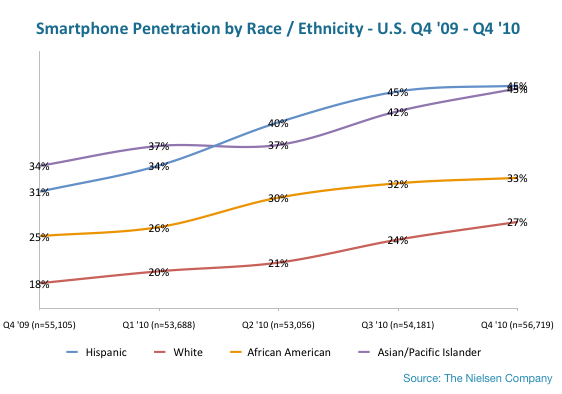
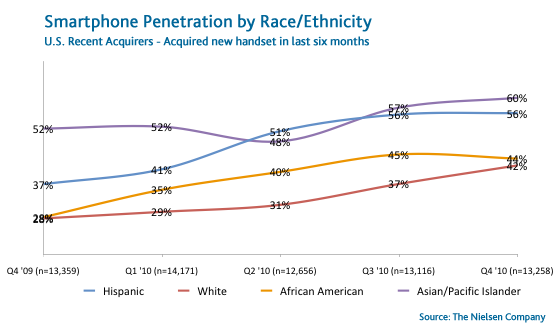
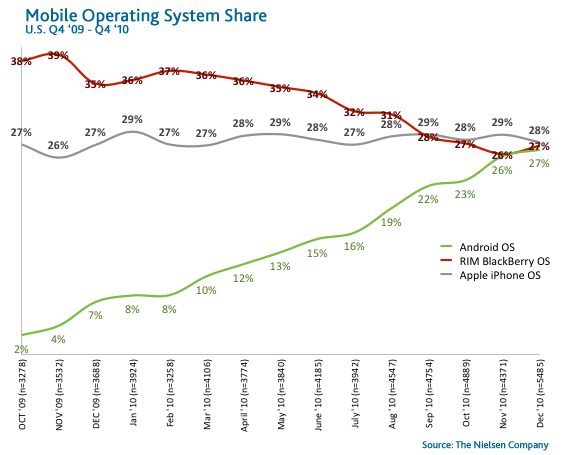



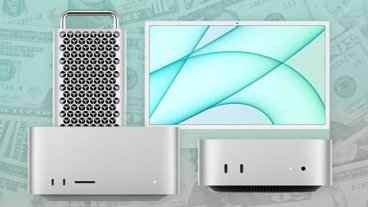
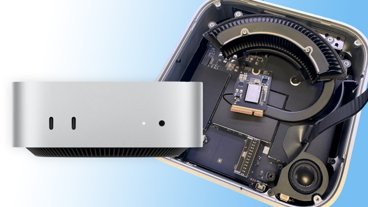
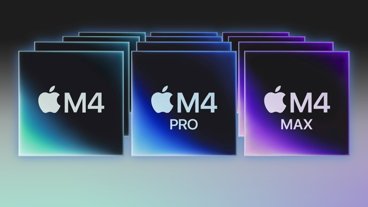








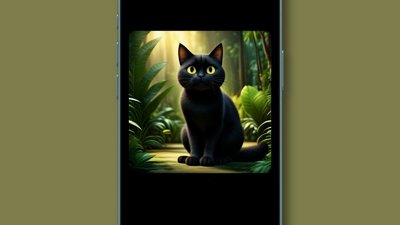
 Andrew Orr
Andrew Orr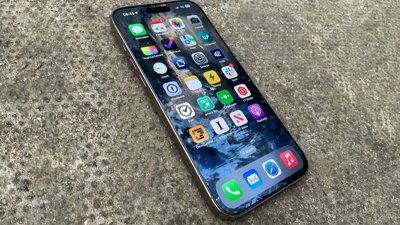
 William Gallagher
William Gallagher
 AppleInsider Staff
AppleInsider Staff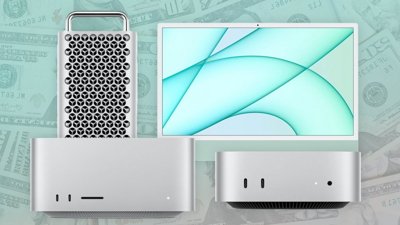
 Malcolm Owen
Malcolm Owen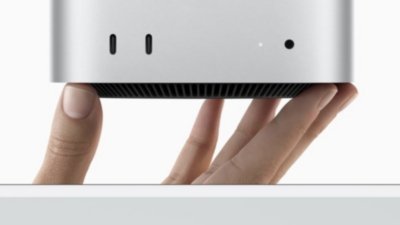
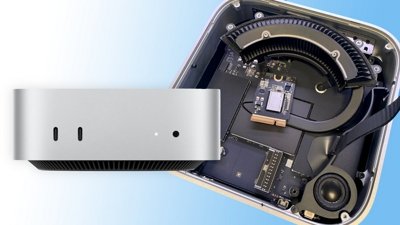
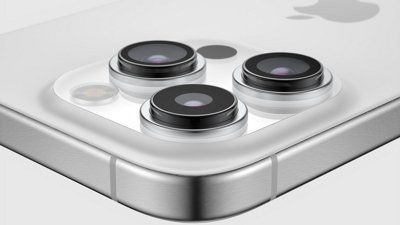
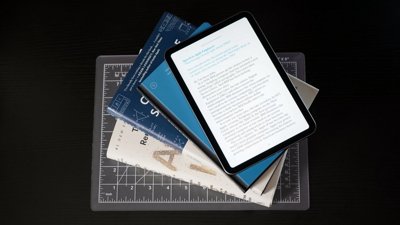
 Wesley Hilliard
Wesley Hilliard
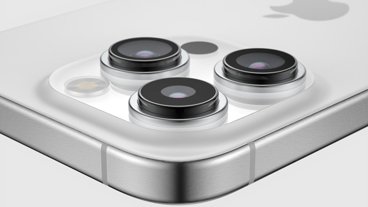





33 Comments
I'm not sure how to interpret the race / ethnic demographic information. Whites are apparently at the bottom, a minority, in this case. The Wall Street Journal also had a story about race / ethnic relationships and mobile devices earlier today, also. See this story:Nielsen - Ethnic Minorities More Likely Than Whites to Buy Smartphones (Via the Wall Street Journal):
http://mobilized.allthingsd.com/2011...D_yahoo_tickerAppleInsider's first graphic / chart in the story is here:
http://photos.appleinsidercdn.com/smart...ethnicity1.pngAnyone have any insight, or know how to interpret this information? Also, why are the groups represented the way that they are? I'm not sure how to understand this (taking into account things such as education, employment and affluence).
Boy! It sure didn't take long for Android to catch up to, and maybe even surpass the iPhone, did it?
SELL SELL SELL
Boy! It sure didn't take long for Android to catch up to, and maybe even surpass the iPhone, did it?
But "surpass" Apple in share with what, exactly? A lot of it is pretty bad junkware. Anyone can sell crap if it's priced cheaply enough. Just look at netbooks.
is this with the fudged numbers or not?